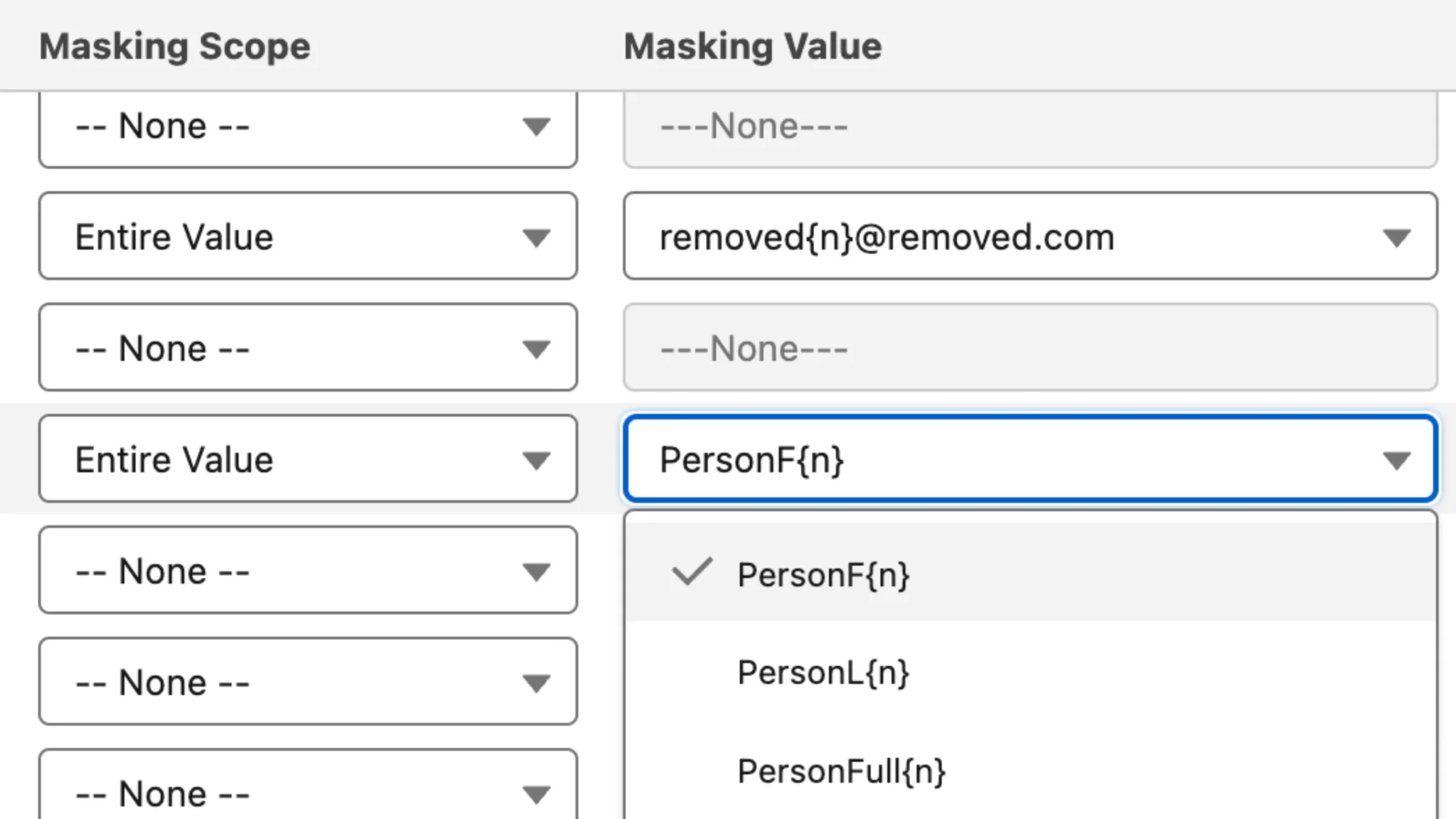Leverage Your Data with Salesforce AI - Complete Data Integration Guide
Not a Fan of reading? Check out this video
This article explains one aspect of Salesforce + AI Process architecture; if you haven't read that, do so, and then learn about Data, AI, and Context in detail here.Table of Contents
- Understanding Data Context Mapping
- Using Data from Third-Party Data Sources
- Using Your Knowledge Base
- Data Context Mapping vs. Data Cloud
- Bring AI to Your Salesforce
- Conclusion
- TL;DR / Summary
- What next?
- Blogs you may find interesting
What?
This guide explains how to use AI in Salesforce by combining internal and external data sources, such as objects and your knowledge base.
Who?
Salesforce admins, builders, coders, business leaders, and support team managers who want to bring more context and data to AI Models in Salesforce.
Why?
To make AI work better in Salesforce while making sure:
- Data is correct and useful for AI models
- Everything runs smoothly and doesn't cost too much
- AI can use your company's knowledge base and third-party data sources.
What can you do with it?
Give a complete picture: Mix and sort data from different Salesforce parts, such as accounts, deals, cases, tasks, and activities. This gives AI a full picture of your customers, helping it provide better answers.
Add external data: Use OData connections to bring information from other systems (like ServiceNow, NetSuite, or SAP). This gives your AI more knowledge without copying data into Salesforce.
Use your knowledge base: Let AI search and use info from your company's knowledge base, no matter where it's stored (Salesforce Knowledge, WordPress, PDFs, or your system). This helps AI give more accurate and helpful answers.
Set up AI to work on its own: Make AI look at new data as soon as it comes in. It can suggest actions and provide insights before someone starts working on it.
Understanding Data Context Mapping
Data context mapping means carefully picking which data to send to an AI from your Salesforce. This includes:
- Choosing important objects (standard, custom, or from managed packages)
- Picking related objects and how they connect (up to three levels: main, child, and grandchild)
- Deciding which exact pieces of info to include
- Using WHERE rules to narrow down the data
- Putting records in order and limiting how many to use
The goal is to give AI the right information while keeping data safe and making everything work well. It's important to be specific about what data you send to keep it secure and save time processing it.
Setting Up Data Context Mapping with GPTfy

GPTfy helps you set up data context mapping in Salesforce:
- Make a new Data Context Mapping from the GPTfy main screen
- Pick the main object (like Account or Case)
- Add related objects and say how they connect
- Choose which fields to send to the AI
- Set up safety measures to protect private info
- Turn on the mapping so AI prompts can use it
For example, you can make an "Account 360" map that includes the account, related accounts, tasks, cases (with comments), deals, and linked tasks.
Keeping Sensitive Data Secure

GPTfy has a security layer that helps you to secure your sensitive data. It consists of three layers:
- Layer 1: Hide specific field values
- Layer 2: Hide info that matches certain patterns (like email addresses)
- Layer 3: Hide info from a list of banned words or phrases
These help you hide private data such as names, emails, phone numbers, and other sensitive information before sending it to AI. You can also replace real company names with "Company One" or "Company Two" to keep them private.
Using Data from Third-Party Data Sources

Bringing in data from other systems can make your AI work better:
- Use Salesforce's OData connector to get data from other systems
- Set up external objects in Salesforce to use data from other platforms (like ServiceNow, NetSuite, SAP)
- Use GPTfy's API Data Source to bring in data from other web services or APIs
This gives your AI a bigger picture of your business without copying all the data into Salesforce. It helps get info like GL entries or RMA data from outside Salesforce.
You can also use GPTfy's API Data Source to send external web and API with your Salesforce data for AI processing.
Read more about API Data Sources to bring web and API data to your AI in Salesforce.
Using Your Knowledge Base
GPTfy lets you connect your company's knowledge base to AI:
- Set up a connection to your knowledge base, whether it's in Salesforce Knowledge, WordPress, or even just PDFs
- Let AI search this knowledge when answering questions or solving problems
- Use info from your knowledge base to make AI answers more accurate and helpful
Data Context Mapping vs. Data Cloud
While both help with using data, they're different:
- Data context mapping is simpler and good for basic needs. It helps you pick and send the right data to AI.
- Data Cloud is more powerful. It can bring in lots of data from different places and change it in complex ways.
Choose based on how much data work you need to do. For many cases, data context mapping is enough and easier to use.
Conclusion
Data context mapping is a powerful way to improve Salesforce AI. It lets you choose exactly what data to use, protect private information, and even integrate knowledge from outside Salesforce.
With tools like GPTfy, you can set this up without needing to be a tech expert.
By using data context mapping, you can:
- Give AI a full picture of your customers
- Use your company's knowledge to answer questions
- Keep sensitive information private
- Make AI work on its own for many tasks
TL;DR / Summary
- Yes, you can bring external data to your Salesforce AI
- Use OData connectors, external objects, or API Data Sources
- Tools like GPTfy simplify setup and management
- More data gives AI better context for smarter responses
- Remember to protect sensitive information
- External data sources include knowledge bases and real-time API data
- Adding external data significantly improves Salesforce AI performance
